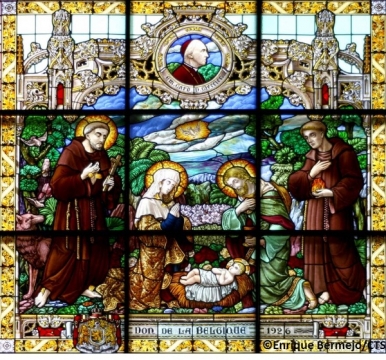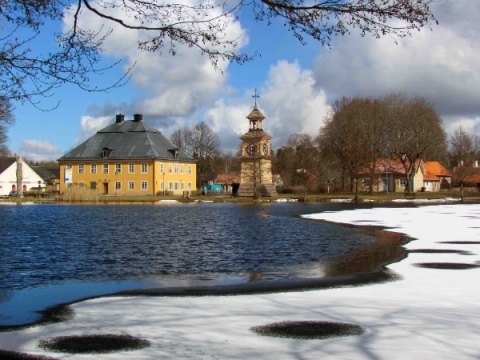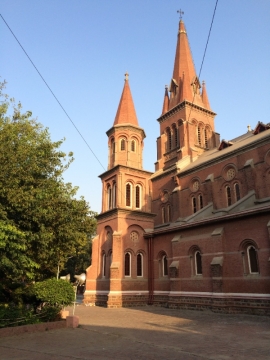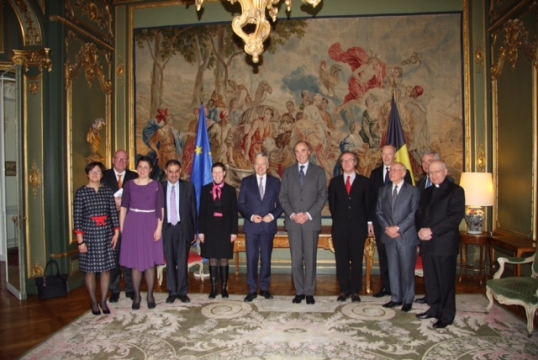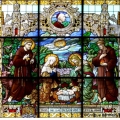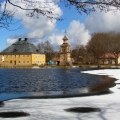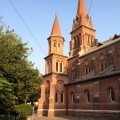The winners of the Prize for Belgian heritage abroad, a new initiative of the Federal Public Service Foreign Affairs, Foreign Trade and Development Cooperation and the King Baudouin Foundation, have been chosen.
Throughout the centuries, Belgians have left their mark all over the world, in the form of bridges, buildings, urban installations, glass windows, frescos or reserves. Often the name of the heritage site refers to Belgium and therefore raises Belgium's profile. Local governments usually take care of the conservation. The Prize for Belgian heritage abroad aims to promote this rich and often forgotten heritage. This prize does not only award the most outstanding local conservation initiatives, but is also meant to be an indirect incentive for better long-term conservation.
From the proposals sent in by Belgian embassies all over the world, the jury of experts chose 3 winners:
- The historical complex of Österbybruk (Sweden): The chosen location is a "Vallonbruk", a social and economic building complex surrounding a forge. Österbybruk is one of the most beautiful examples of the remains of the presence and input of Walloon immigrants ('valloner') in Sweden in the 17th century. More than 1.200 families emigrated in that era to Sweden, where the expertise of our master blacksmiths was highly sought after. They helped to launch the Swedish iron and metal industry. The number of their descendants is estimated today between 500.000 and 1 million people.
- Stained-glass window in the Saint Catherine of Alexandria church in Bethlehem (Palestinian territories): The stained-glass window was donated by Belgium in 1926 and completely restored in 2004 by atelier Mestdagh in Ghent. The Belgian gift is highly representative of the historical and religious ties between Belgium and the Holy Land throughout the centuries and attests to the remarkable talents of our glass artists. The stained-glass window can be viewed worldwide during the yearly midnight mass in Bethlehem on 24 December and can be permanently visited by all tourists and visitors of the church.
- The Sacred Heart Cathedral in Lahore (Pakistan): The roots of the Sacred Heart Cathedral lie in the historical presence of the Belgian Capuchins in Pakistan. Monseigneur Godefroid Pelckmans (bishop of Lahore, 1893-1904) commissioned the Antwerp architect Dubbeleere to build a cathedral using Belgian support and materials. Construction of the cathedral was completed in 1907. In 2007 the cathedral’s hundredth birthday was celebrated. The Pakistani Government released a special stamp with the image of the cathedral and Pope Benedictus XVI sent a congratulatory telegram. In the following year, 2008, the cathedral was damaged by a heavy bomb attack on a government building nearby. The stained-glass windows were particularly damaged by the impact of the explosion. In the meantime they have been restored in Belgium.
2015 is the first year that the prize is being awarded. There is no monetary compensation attached to the prize. The winners are the local governments or private institutions responsible for the protection of the particular heritage site. Every winner will also be honoured by the local Belgian Embassy. The criteria for choosing the winners included: size and visibility of the heritage site, the historical, art-historic, economic and cultural significance of the heritage site, its importance for the bilateral relations and the possibilities of the winner to promote the prize locally in order to create public interest.
